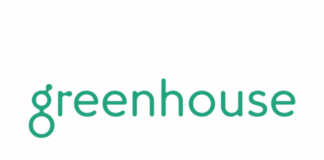
In 2020, remote work went from something enjoyed by just a few to the norm for many businesses. Now, we’re seeing companies try to bring their workforces back to the office, often against employees’ wishes.
So, what is the current state of remote work, and what will 2023 bring?
To answer these questions, Robert Half surveyed more than 2,500 workers and 2,175 hiring managers across the U.S. The responses point to five trends:
1. Remote jobs are here to stay
Workers want the flexibility of remote work: 87% of respondents considering a job change are looking for a hybrid or fully remote position. And those workers have choices: 28% of all new job postings in January 2023 were remote, which is roughly the same as last year.
2. Work flexibility can increase job satisfaction
Most (77%) of workers with flexible schedules are putting in more hours than they did three years ago. But they also report 46% higher job satisfaction.
3. Some workers will trade salary for remote work
One-third (32%) of workers who go into the office would take a pay cut for more remote work. Tech workers, younger workers (18-25 year-olds), and working parents are most likely to trade salary for flexibility. On average, they’re willing to accept a pay cut of 18%.
4. Workers recognize the benefits of office time
Two-thirds (65%) of workers said they have more effective relationships with colleagues they’ve met in person. And more workers prefer to collaborate in person compared to virtually.
5. Employees have options
About 4 in 10 (42%) remote workers are concerned about their visibility for opportunities and promotions. But most managers (82%) with hybrid teams say that in-office and remote employees have the same opportunities.
Lynne Smith, Robert Half senior vice president of global human resources, noted, “Supporting a hybrid workforce is not easy. It requires extensive planning, paying attention to employee and business needs, and pivoting to get right. But there are huge benefits of embracing a people-first, flexible work philosophy, including a more engaged and productive team.”





